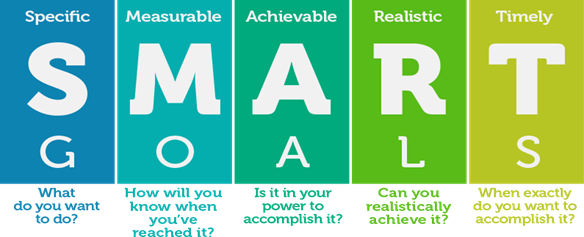A diverse and inclusive team positively impacts creativity, innovation, and the company’s bottomline
Workplace diversity refers to a company that employs people of varying characteristics, such as gender, age, religion, race, ethnicity, cultural background, sexual orientation, languages, education, abilities, etc. Such a team brings diverse viewpoints and perspectives to the organization, all of which can help you develop great new products or services and ways to cater to customers.
Partner with MindNation to build a workplace that is respectful and inclusive for all. Email [email protected] now.
A diverse workforce has many direct and tangible benefits, such as:
- Higher revenue. Companies that have more diverse management teams have 19% higher revenue.
- More innovation. Inclusive companies are 1.7 times more likely to be innovation leaders in their market.
- Better decision-making. When diverse teams made a business decision, they outperformed individual decision-makers up to 87% of the time.
- Higher rates of job acceptance. 67% of job seekers said a diverse workforce is important when considering job offers.
- Better performance than competitors. Racially and ethnically diverse companies outperform industry norms by 35%.
Hiring a diverse team, however, is just the first step to success. The next thing to do is to create an inclusive culture, one where people from all backgrounds feel welcome. Inclusivity can contribute fully to the organization’s success, and is the key to maintaining diversity in the workplace.
Below are ways you can support inclusion and diversity in your workplace:
- Make sure your management team models diversity and inclusion. The makeup of your top executives speaks volumes about your culture and sends a strong message not just to your employees but also to customers, partners, and shareholders . Are men and women equally represented? What about people from various cultural and religious backgrounds?
- Observe diverse traditions, celebrations, and holidays from other cultures. The easiest and most fun way to do this would be to create a culturally diverse holiday calendar in the office. Encourage your colleagues to get involved and find appropriate ways to celebrate these different traditions. It can be wonderful for team-building and a great way for colleagues at different levels of the organization to connect.
When larger organized celebrations are not practical, make it a point to personally acknowledge a significant religious or cultural holiday. Even just sending a greeting via email can mean a lot to a colleague especially if he or she is far from home.
Apart from celebrations, be sensitive to your colleagues’ cultural or religious practices. For example, avoid scheduling client lunches during a time of fasting or holding meetings during a time of prayer.
- Foster diverse thinking. This is important because different people from different backgrounds and generations sometimes have vastly different perspectives on all sorts of issues, from how they compose an email to how they receive feedback during employee reviews. Make sure that team members cultivate their empathetic skills, so that they are able to understand how other people at the company think.
- Strengthen anti-discriminatory policies. Explicitly prohibit offensive behavior (e.g. derogatory comments towards colleagues of a specific gender or ethnicity), and reprimand, demote, or terminate offenders depending on the severity of their act. By protecting your employees from offensive and harmful behaviors, you promote a positive and inclusive work environment.
- Be aware of unconscious bias in the evaluation process and promotion opportunities.
Some ways to do this include:
- Rewriting job descriptions so they are gender neutral and use words that strike a balance of gendered descriptors and verbs
- Creating a blind system of reviewing resumes so you don’t see demographic characteristics
- Setting diversity goals as an organization, so that you can keep track of your progress.
- Segment employee engagement surveys by minority groups. An annual pulse survey is common among companies, but many neglect to segment that data according to gender, generation, ethnicity, etc. By only looking at total numbers, you might miss the whole picture and an opportunity to identify issues pertaining to those groups.
- Have an open-door policy. One of the best ways to learn what employees care about is one-on-one talks with their manager. In order for these discussions to truly be effective, managers must have an “open door” policy so that workers feel comfortable in speaking their mind honestly and openly.
- Offer diversity and inclusion training. This helps employees understand how cultural differences can impact how people work, and interact at work. It can cover anything from concepts of time and communication styles to self-identity and dealing with conflict.
Promoting inclusiveness and diversity within your workplace is one of the best ways to foster an open-minded, global company culture. Not only does this make good business sense—helping your company to better understand colleagues, clients, and customers around the world—it also makes the workplace a more interesting and personally enriching environment for everyone.
— Written by Jaclyn Lutanco-Chua of MindNation






















